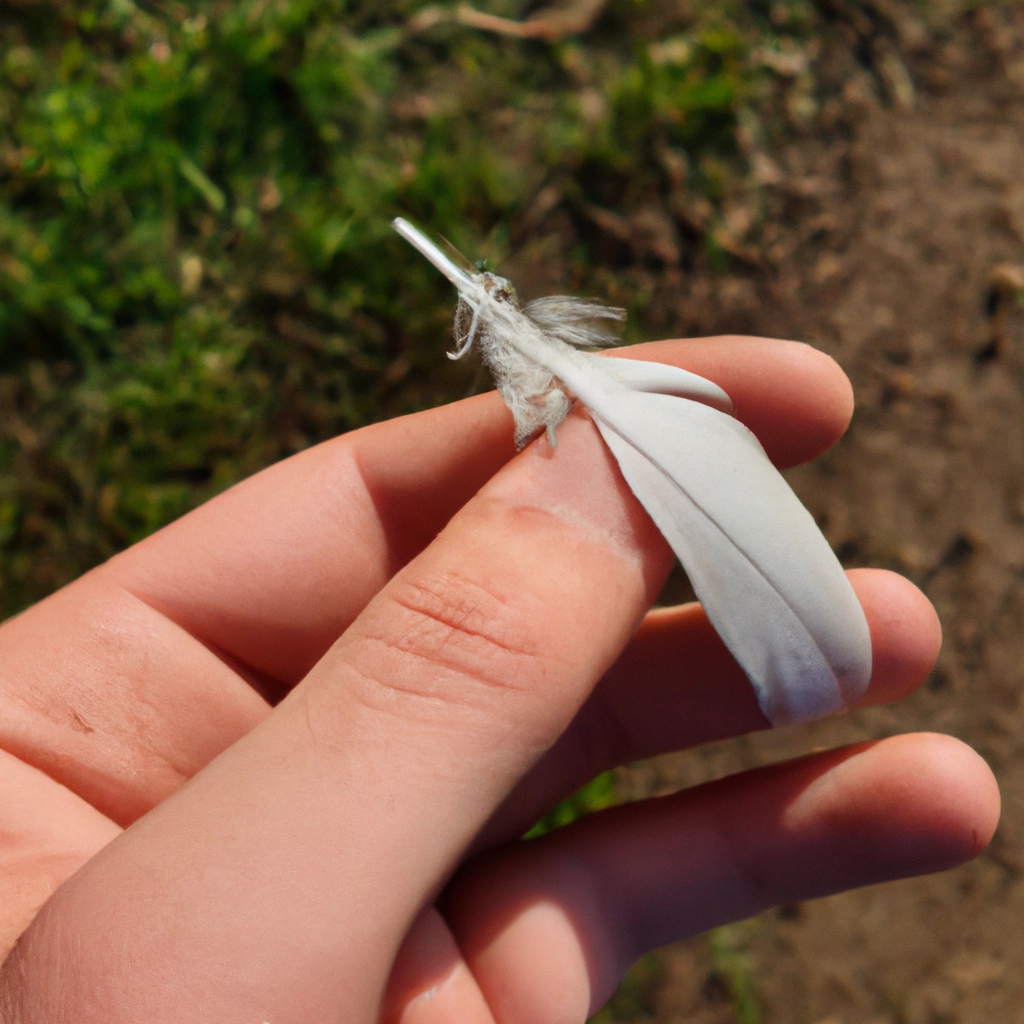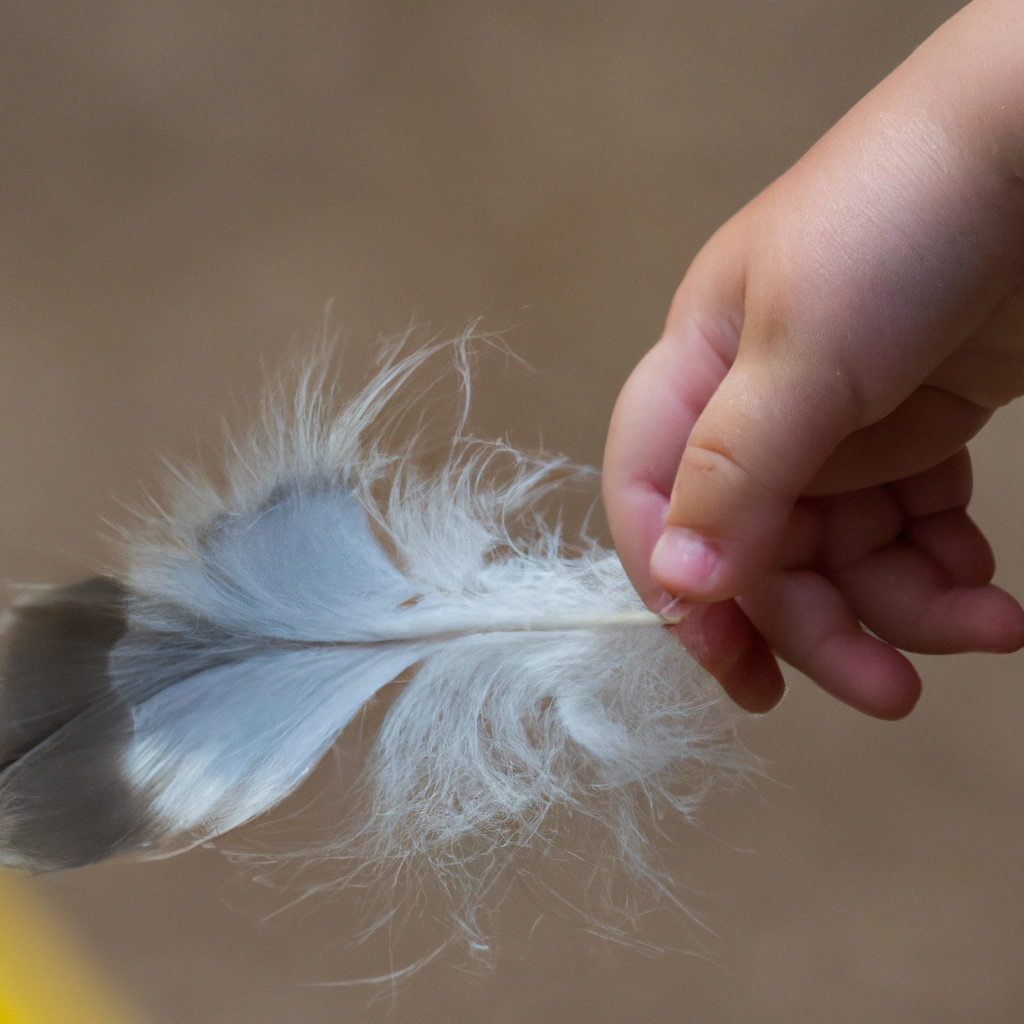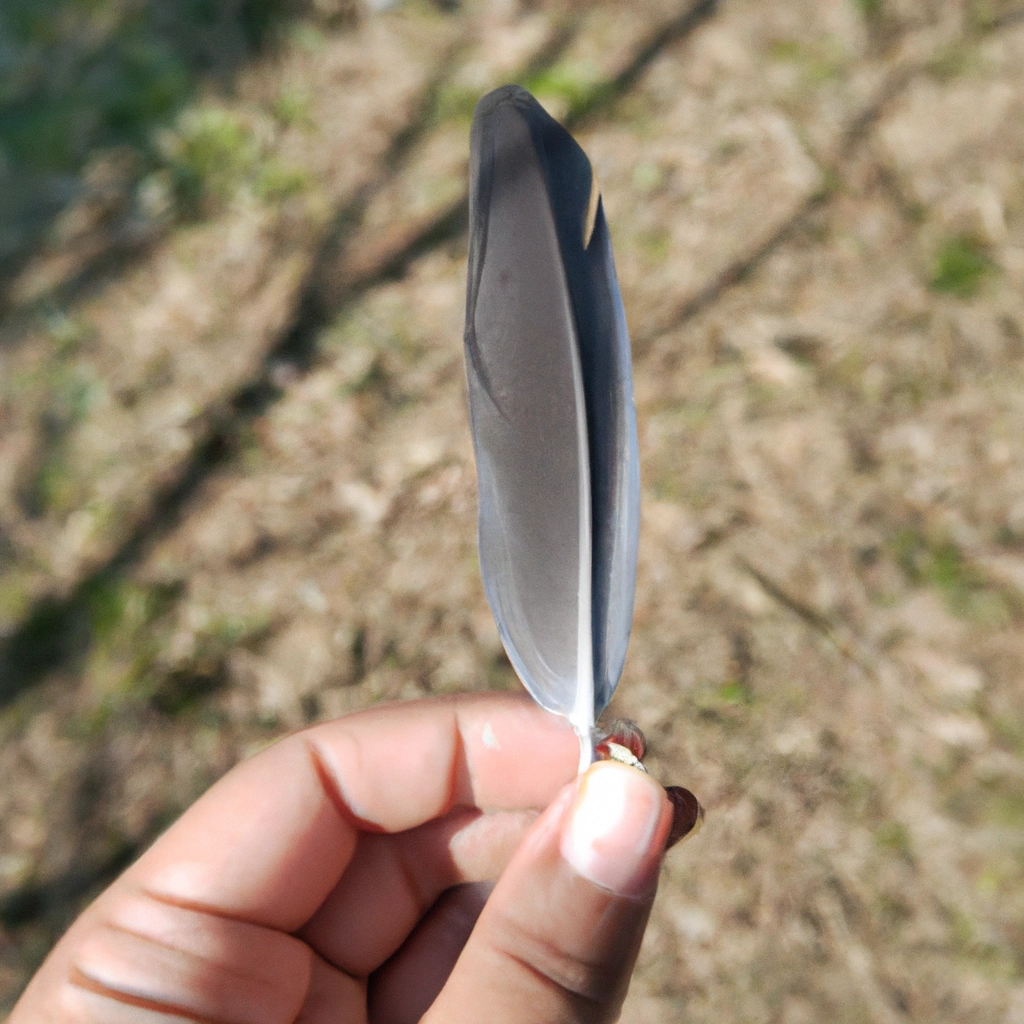| Reason | OK to Pick up Bird Feathers? |
|---|---|
| For Personal Use | No, it is illegal to possess feathers from most wild bird species according to the Migratory Bird Treaty Act. |
| Research or Education | Yes, but permits or permissions may be required depending on local laws and regulations. |
| Feathers Found on the Ground | Generally, it is okay to pick up feathers that are naturally molted or shed by birds, as long as it does not disturb nesting or breeding behaviors. |
| Protected Bird Species | No, it is illegal to pick up feathers from endangered or protected bird species. |
| Health Concerns | It is not recommended to handle feathers if you have allergies or respiratory sensitivities. |
The Enchantment of Avian Plumage
Fascination with the tapestry of colors and designs on bird feathers has been a part of my journey as a nature enthusiast for years. It’s the fascinating mosaic of hues, the intricate patterns that can rival any artist’s canvas, that draw so many of us to pause and appreciate these masterpieces of nature. The feather of a bird is not just a functional tool for flight; it’s a vivid declaration of identity, a part of an intricate visual language used in the wild.
During my own wanderings through forest trails, I have often been stopped in my tracks by the sight of a feather, sometimes ordinary, other times rare, lying amidst the foliage. It’s a silent witness to the avian life that thrives overhead, accessible evidence of the bird’s journey. Through the lens of a bird enthusiast, these feathers represent a tangible connection to the otherwise fleeting presence of these creatures.
The role they play in the lives of birds is significant; from a peacock’s eye-catching train used in courtship displays, to the subtle streaks on a sparrow that might attract a mate or camouflage it against predators. Having spent countless hours watching birds through binoculars, I’ve been privileged to observe these living artworks in their natural context, each feather contributing to a purpose greater than its singular beauty.
Regulations and Responsibility Towards Feathers
Despite my deep admiration for feathers, I am acutely aware of the regulations in place to protect our feathered friends. Laws such as the Migratory Bird Treaty Act in the United States serve to safeguard birds by prohibiting the possession of feathers from native species without a permit. These legal frameworks are put in place not to diminish our love of nature, but to preserve it for future generations.
Collecting feathers can have unintended consequences on bird populations and their habitats. It is not merely a matter of possession but of taking responsibility for ensuring our actions do not disturb the ecological balance. As someone who treasures the natural world, I adhere strictly to these ethical standards, choosing observation and photography as my methods to capture the beauty of birds, leaving feathers untouched where they fall.
It’s a stance I took after learning of the repercussions my hobby could have if practiced without awareness. Responsible enjoyment of nature involves respecting these boundaries, something I always emphasize when sharing my experiences with fellow birders and nature lovers.
Symbolism and Respect for Plumes
Bird feathers have been held in high regard throughout history, valued in many cultures for their beauty and the symbolism they carry. They have adorned headdresses, been used in art, and have become coveted items in the fashion industry. Their allure transcends time, but this appeal brings with it a duty to respect the origins and significance of these feathers, especially within Indigenous communities.
Recognizing and honoring the role feathers play in different cultures is as important as appreciating their beauty. This understanding has led me to delve more deeply into the heritage and traditions associated with feathers in various societies globally. Indeed, appreciation of feathers goes beyond mere aesthetics, intertwining with rituals and cultural identity in ways that demand respect and sensitivity.
My engagements with artists and community leaders have taught me about the deep spiritual connections many people have with feathers. Which has only deepened my commitment to championing for their protection and the elevation of their cultural importance, balancing modern admiration with traditional reverence.
Finding and Cherishing Shed Feathers
Gathering feathers without causing harm to bird populations is a practice I approach with caution and respect. Ethical collection involves understanding what is permitted, such as collecting feathers that have been naturally shed. Through my own practices, I have honed the ability to differentiate between feathers that have been molted and those that may have a more questionable origin.
When I’m lucky enough to find a molted feather, the joy is palpable. It’s a treasure offered by nature itself, a piece of ephemeral art that I can admire without guilt. I employ methods of preserving these found treasures that do not contravene wildlife preservation laws, allowing me to create a sustainably sourced collection that is both personal and respectful of nature’s cycles.
The best memento of a bird is often just a photograph or a memory. Yet, on those rare occasions when a loose feather happens upon my path, it becomes a cherished find, a silent relic of a moment shared in nature’s embrace. I’ve shared some of these experiences on my outings, which you can read more about (inserting an appropriate internal link with slug “/bird-watching-adventures”).
A Reverence for Feathers
In drawing together the threads of ethics, law, and admiration for bird feathers, the conclusion is one of balance. It is essential to celebrate the splendor of bird plumage, but equally important to do so in a way that does not detrimentally affect the species we admire. As someone deeply invested in conserving the environment, this balance has shaped my interactions with the avian world.
Through sharing my experiences, I hope to foster a community that respects the natural habitat of birds and finds joy in observation rather than possession. It’s about cherishing the experience more than the souvenir, sustaining the wonder of bird feathers while ensuring the birds themselves flourish in their natural environment (linking to relevant content with slug “/sustainable-bird-watching”).
Understanding and abiding by these considerations of feather collection allows us to engage with the natural world in a conscientious and fulfilling manner. We can honor the irresistible allure of bird feathers through ethical practices, ensuring their beauty continues to thrive in the wild for years to come. For further exploration of how we can protect and appreciate our feathered friends, visit (including an appropriate internal link with slug “/conserving-avian-biodiversity”).
Frequently Asked Question
-
What precautions should be taken when picking up bird feathers?
When picking up bird feathers, it’s important to take precautions to avoid harming the birds or spreading diseases. Firstly, it’s best to use gloves or a plastic bag to pick up the feathers to prevent direct skin contact. This helps to reduce the risk of transmitting any potential diseases or parasites that may be present on the feathers. Additionally, it’s important to avoid disturbing nesting areas or habitats while collecting feathers, as this can disrupt the natural behavior of the birds and their environment. Overall, it’s important to approach feather collection with respect for the birds and their surroundings, and to take care to minimize any potential negative impact on their well-being.



